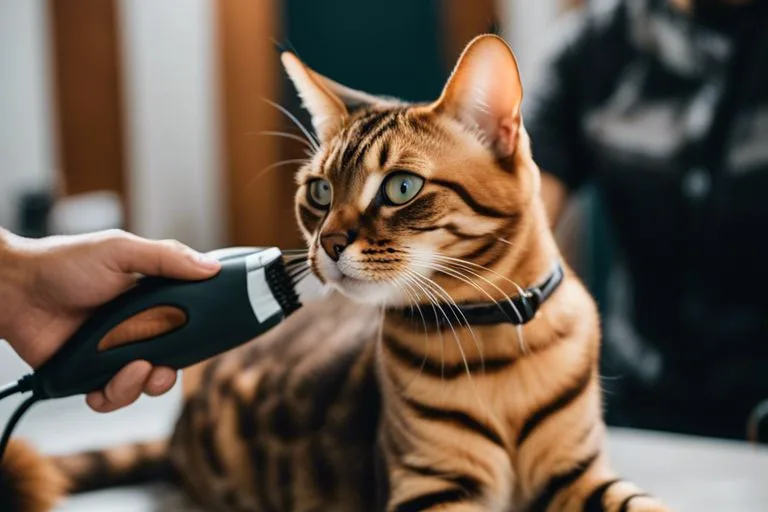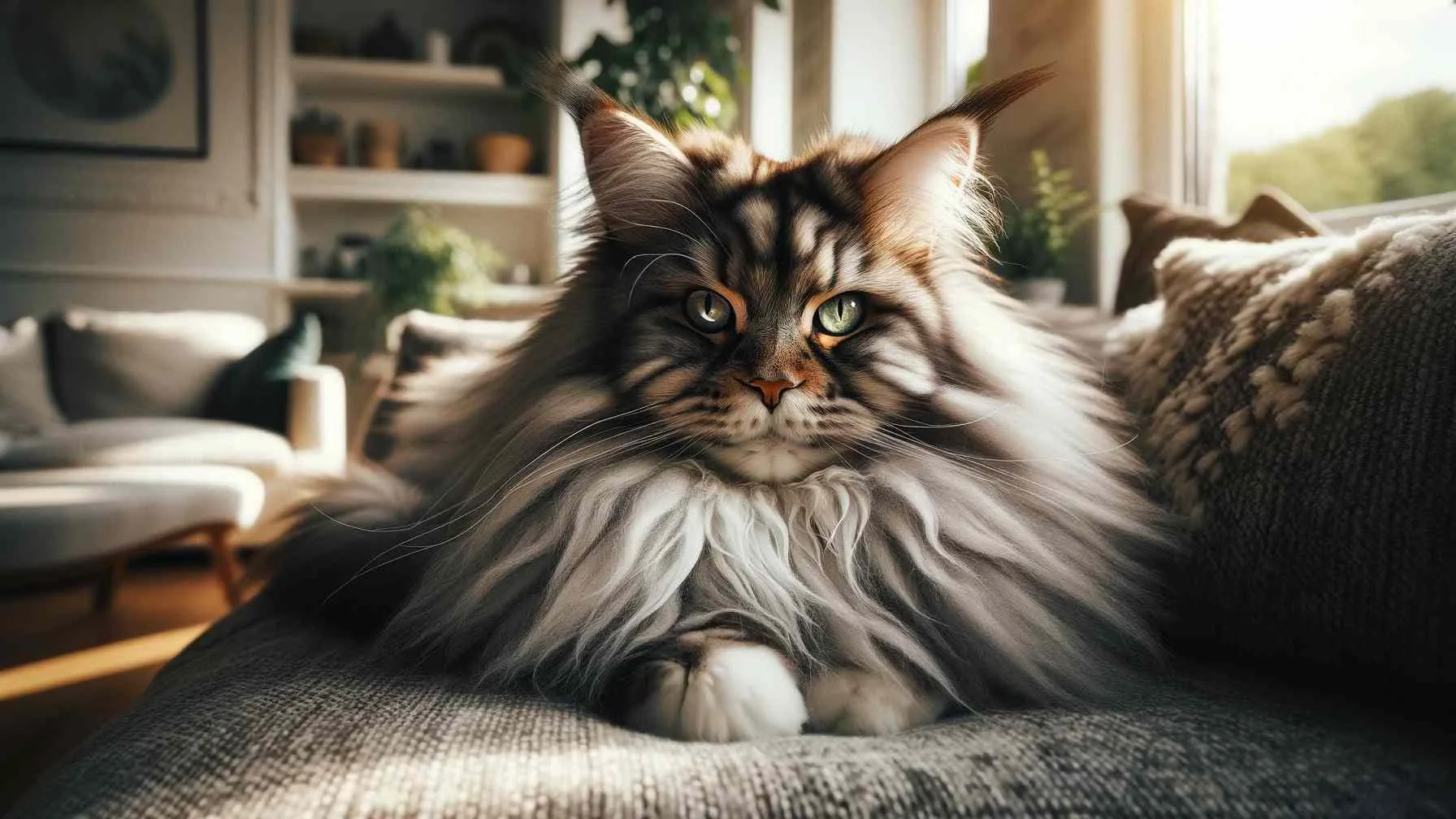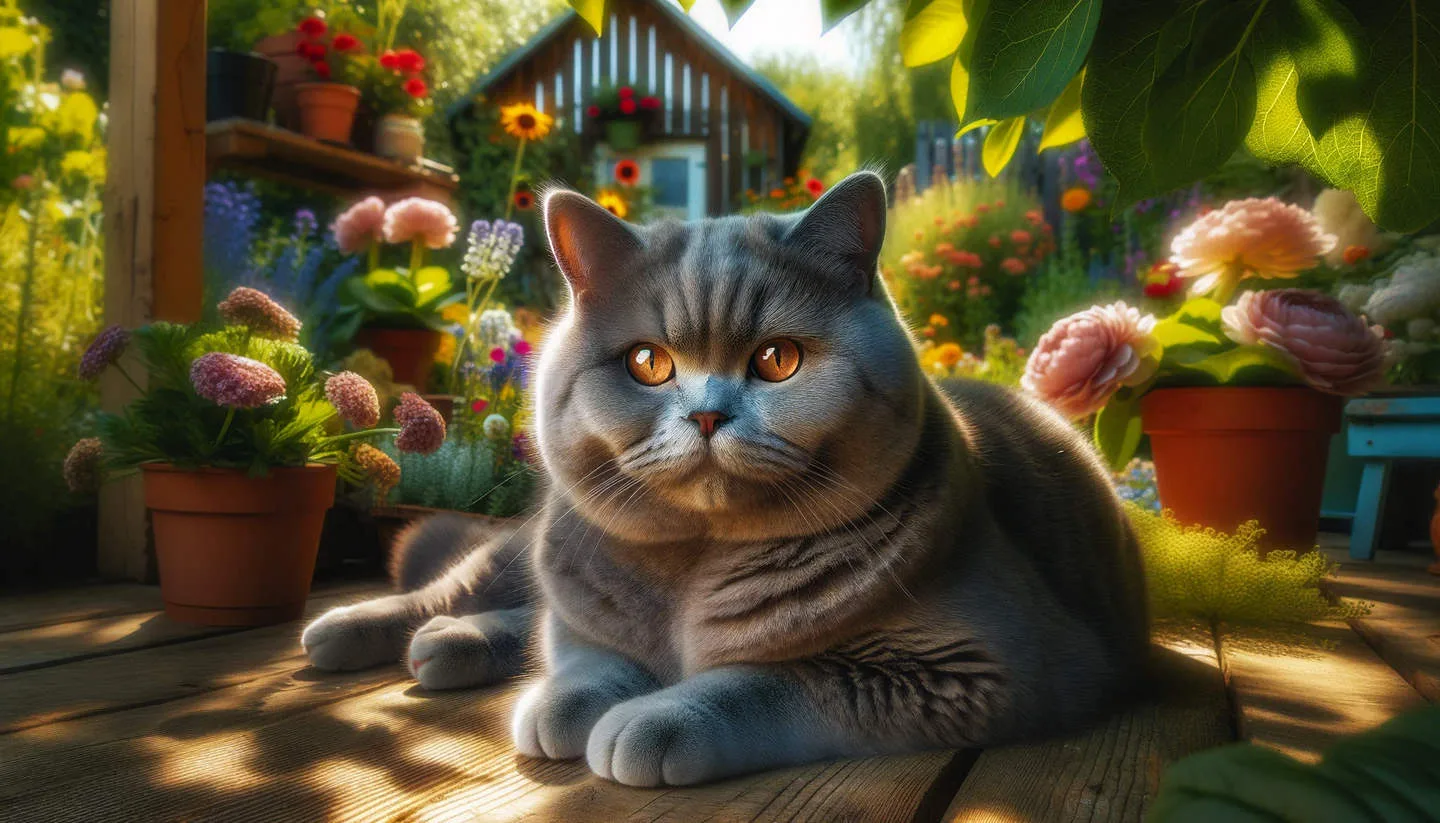If you own a Bengal cat, you know that their beautiful coat comes with a downside – excessive shedding. But fear not, because we have the solutions you need to keep your home fur-free and your cat healthy. Regular grooming is the key to controlling shedding in Bengal cats. Brush your cat’s coat at least once a week to remove loose hair and prevent it from ending up on your furniture and clothes. Additionally, proper nutrition plays a crucial role in minimizing shedding. Make sure your Bengal cat is on a high-quality diet that adequately meets their nutritional needs. Finally, if shedding persists, consult with a veterinarian to rule out any underlying health issues that may be contributing to the excessive shedding. By implementing these strategies, you can effectively manage shedding in your Bengal cat and enjoy a cleaner, healthier home environment.
Key Takeaways:
- Regular grooming is essential: Brushing your Bengal cat’s coat regularly can help control excessive shedding and prevent mats or tangles from forming.
- Provide a balanced diet: Ensure your Bengal cat’s diet includes essential nutrients and fatty acids to promote a healthy coat and reduce shedding.
- Consult a veterinarian: If excessive shedding persists, it’s important to seek professional advice from a veterinarian to rule out any underlying health issues and receive specific treatment recommendations.
Understanding Bengal Cat Shedding
If you’re a Bengal cat owner, you’re likely familiar with their beautiful coat. However, you may also be familiar with the issue of excessive shedding. Shedding is a natural process for all cats, but it can become a problem if it’s too heavy. To help you understand and control shedding in Bengal cats, let’s delve into the topic and explore some effective solutions. For a more comprehensive guide on Bengal cat shedding, you can check out The Ultimate Guide to Bengal Cat Shedding: What You Need to Know.
Typical Shedding Patterns in Bengal Cats
Bengal cats have a unique shedding pattern compared to other breeds. They typically shed throughout the year, with peak shedding seasons occurring during the spring and fall. During these periods, you may notice an increase in the amount of loose fur around your home. However, some Bengal cats may also exhibit constant, year-round shedding. Understanding your cat’s shedding pattern will help you manage it effectively.
Factors That Influence Shedding Rates
Several factors can influence the shedding rates of Bengal cats. These factors include diet, grooming practices, genetics, and overall health. A high-quality diet rich in omega-3 fatty acids can improve the condition of your cat’s coat and reduce shedding. Regular grooming, including brushing and bathing, can also help control shedding by removing loose fur. Furthermore, genetics play a significant role in shedding, as some Bengal cats may inherit a heavier coat that sheds more frequently. Lastly, overall health can impact shedding rates, so it’s important to ensure your cat is in good physical condition. Though shedding is a natural process, a healthy diet, proper grooming, and regular vet check-ups can minimize excessive shedding in Bengal cats.
Nutritional Strategies for Managing Shedding
While genetics and environmental factors play a role in your Bengal cat’s shedding, their diet also plays an important role in managing excessive shedding. By ensuring that your cat receives the proper nutrients, you can help promote a healthy coat and reduce shedding.
Essential Nutrients for a Healthy Bengal Cat Coat
When it comes to managing shedding in Bengal cats, ensuring they receive essential nutrients is crucial. Omega-3 and Omega-6 fatty acids are essential for maintaining a healthy coat and skin. These fatty acids can help reduce inflammation and promote a shiny, sleek coat. Make sure your cat’s diet includes these essential fatty acids to support optimal coat health and reduce shedding.
Recommended Diets and Supplements
Choosing a high-quality, balanced diet is essential for managing shedding in Bengal cats. Look for cat foods that are specifically formulated to support skin and coat health. The right balance of protein, vitamins, and minerals is crucial for a healthy coat. Additionally, you may consider adding supplements such as fish oil or flaxseed oil to your cat’s diet to provide an extra boost of essential fatty acids. Consult with your veterinarian to determine the best supplements for your cat.
Grooming Techniques to Reduce Shedding
Not sure why your Bengal cat sheds so much? You can find answers to your shedding questions at Do Bengal cats shed? Get the answer you need here! This guide will outline grooming techniques that can help reduce shedding in your Bengal cat, keeping your home cleaner and your feline friend more comfortable.
Tools and Brushes for Bengal Cats
When it comes to grooming your Bengal cat, using the right tools can make a significant difference in controlling shedding. A fine-toothed comb and a slicker brush are essential for removing loose fur and preventing it from ending up all over your home. These tools can effectively groom your cat’s coat and remove loose hair, reducing the amount of shedding.
Grooming Routines and Best Practices
Your Bengal cat’s grooming routine can play a major role in controlling shedding. Brushing your cat regularly, at least once or twice a week, can help to remove loose fur and prevent it from accumulating around your home. Additionally, regular baths using a high-quality cat shampoo can help to keep your cat’s coat clean and healthy, reducing shedding and ensuring that your cat feels comfortable.
Environmental and Health Considerations
To effectively address excessive shedding in Bengal cats, it is important to consider both environmental and health factors that may be contributing to the issue. Do Bengal Cats Shed? Everything You Need To Know provides great insights into shedding patterns and how to manage them, so be sure to check it out for more detailed information.
Creating a Stress-Free Environment for Your Bengal
Creating a stress-free environment for your Bengal cat is crucial in controlling excessive shedding. Cats, like humans, can experience stress from various factors such as changes in their routine, the presence of other pets, or even loud noises. Reducing stress in your Bengal’s environment can help minimize shedding. Ensure they have a quiet, safe space and provide them with toys and enrichment activities to keep them mentally stimulated.
Recognizing and Addressing Health Issues that Affect Shedding
It’s important to monitor your Bengal cat’s health to identify and address any issues that may be impacting their shedding. Health issues such as allergies, parasites, or skin conditions can lead to excessive shedding. Regular veterinary check-ups and a proper diet can help ensure your Bengal cat’s overall health, which can in turn reduce shedding. Look out for any changes in their skin or coat, as well as any unusual behaviors that could be indicative of an underlying health issue.
Conclusion
Drawing together all the advice and tips provided in this guide, you now have a range of strategies to effectively control the excessive shedding in your Bengal cat. By implementing a regular grooming routine, adjusting their diet, and addressing any underlying health issues, you can significantly reduce the amount of fur your cat sheds. Remember to keep an eye on their emotional well-being as well, as stress and anxiety can also contribute to excessive shedding. By prioritizing your cat’s health and well-being, you can ensure a happy, healthy, and shed-free home for both you and your beloved feline companion.
FAQ
Q: Why do Bengal cats shed excessively?
A: Bengal cats shed excessively due to their thick and dense coat, as well as factors like diet, stress, and health issues. It’s important to address these factors to control shedding.
Q: How often should I groom my Bengal cat to reduce shedding?
A: Regular grooming is essential to control shedding in Bengal cats. Brush your Bengal cat at least 2-3 times a week to remove loose fur and prevent it from accumulating around the house.
Q: What type of brush should I use for grooming my Bengal cat?
A: Use a fine-toothed comb or a slicker brush to groom your Bengal cat. These tools effectively remove loose fur and help prevent matting, keeping shedding under control.
Q: Can diet affect shedding in Bengal cats?
A: Yes, a balanced diet can help control shedding in Bengal cats. Provide your cat with high-quality, protein-rich food and ensure they are well hydrated to maintain a healthy coat and minimize shedding.
Q: When should I seek veterinary advice for excessive shedding in my Bengal cat?
A: If you notice a sudden increase in shedding, bald patches, or any other unusual changes in your Bengal cat’s coat, it’s important to consult a veterinarian. Excessive shedding can sometimes be a sign of an underlying health issue that needs to be addressed promptly.



